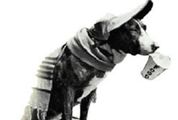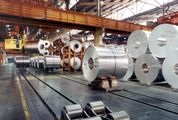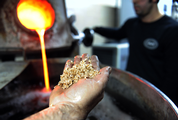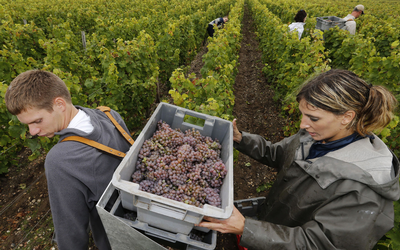THE culture of instant gratification afflicts every aspect of our lives, and the wine industry is not inured to its effects. Wine cellars in homes are designed more as "man caves" than as repositories in which to keep great bottles until they reach their peak of maturity. The idea of tying up space and money to obtain an improved and more complex product vanished at about the same time as wine makers created beverages that came to market in a condition of instant drinkability.
There is now an entire generation of wine makers who have never tasted properly mature wine. Since — in general — wines that are made to be consumed the moment they come to market are unlikely to acquire much complexity from the ageing process, the dynamic is one of a self-fulfilling prophecy providing its own vindication.
But some things simply take time, and all the strategies in the world cannot replace the virtues of a gradual evolution. Semillon — once the most planted variety in SA — is one such creature.
You can fast-track its development by minimising sulphur additions and then exposing the wine to an oxidative environment (such as loose-grain oak barrels, or even micro-oxygenation technology). If you manage this all correctly, the end-result will have a brief existence on the plateau of maturity before collapsing into sherry-like decrepitude. It will never have the same complexity as a wine that enjoyed the slow, but inexorable advance into secondary and tertiary development.
It is undoubtedly for this reason that there are very few single varietal Semillons offered by Cape producers. There’s a rare treasure produced from century-old vines at Landau du Val in Franschhoek, a very fine release from Steenberg and an occasional special bottling, from Vergelegen.
However, the wine that sets the standard in this class is made by Anthonij Rupert Wines under its Cape of Good Hope label — and it comes from a 50-year-old block of vines (Laing’s Vineyard) on the Skurfberg. I recently sampled three successive vintages in a blind tasting with other youngish Semillons. While all three of the Laing’s vineyard wines stood out as the best in the line-up, the difference between the 2015 (which is years shy of its release date) and the 2013, which is emerging as a gold medal wine, can be counted only in terms of old-fashioned bottle-ageing.
This is the one thing wine drinkers don’t want to hear. There can’t be many South African white wines capable of rivaling the quality and intensity of mature bottles of the Laing’s vineyard Semillon. Trawling wine outlets for the 2013s, (or the 2010s and the 2012s), could be a fruitful past time.
Now that bottle-ageing has become increasingly irrelevant, the old adage — that time is the most valuable thing that a man can spend — has another, more oblique connection to the world of wine. There’s no hi-tech solution for growers wishing to fast-track the development of their vineyards. Only time in the ground (which enables the vines to develop complex root systems) will imbue the wine with mouth feel and depth of flavour. In other words, you can hardly expect to produce a great wine from young vines. The punters may not have patience; the growers have no choice.
Paul Boutinot acquired Waterkloof — on the Schapenberg — in 2003. It took 10 years before his vineyards yielded the kind of fruit capable of expressing the extraordinary maritime site. The estate wines are fine and unshowy, and get better with every vintage. Suddenly, it’s all coming together, a very long time after he made his first payment on the property.
This achievement extends to the restaurant. Under Greg Czarnecki (who spent five years of his life at the Lucas Carton in Paris), the Waterkloof restaurant is not simply a showcase for the estate’s spectacular location. It is also the source of the best haute cuisine in SA.




















Change: 1.19%
Change: 1.36%
Change: 2.19%
Change: 1.49%
Change: -0.77%
Data supplied by Profile Data
Change: -0.19%
Change: 0.69%
Change: 1.19%
Change: 0.00%
Change: 0.44%
Data supplied by Profile Data
Change: 0.62%
Change: 0.61%
Change: 0.23%
Change: 0.52%
Change: 0.12%
Data supplied by Profile Data
Change: -0.21%
Change: -1.22%
Change: -0.69%
Change: -0.51%
Change: 0.07%
Data supplied by Profile Data